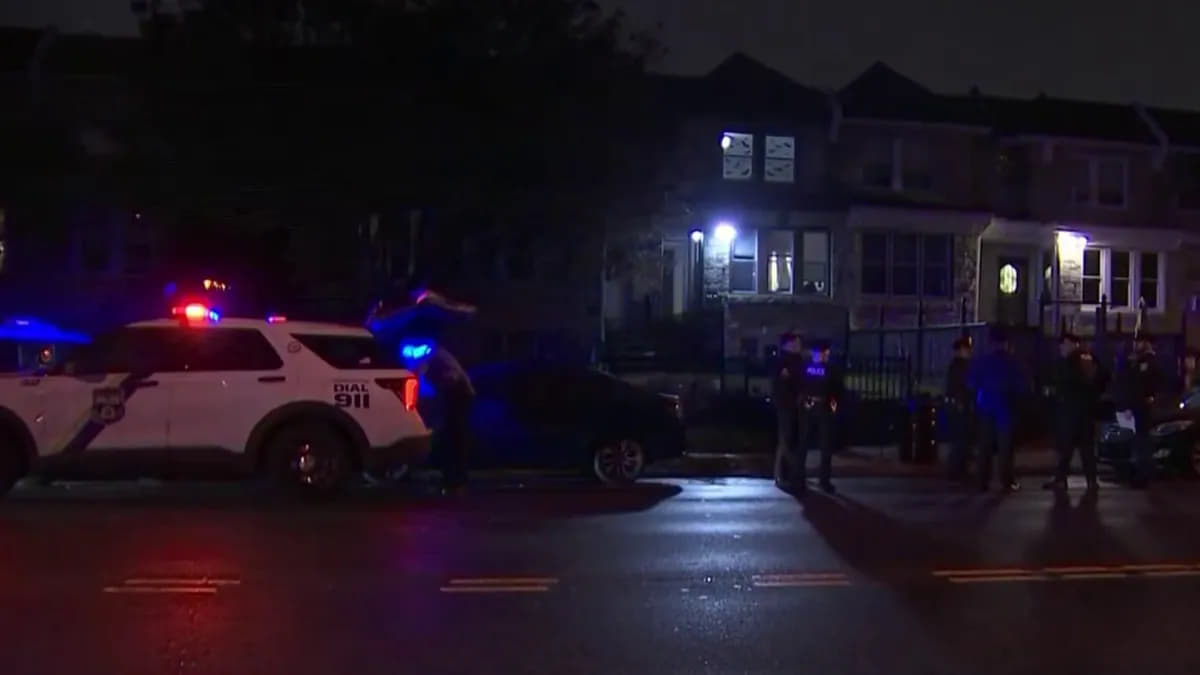Every property requires a legal document known as a certificate of occupancy that authorizes the approved uses for that building and confirms it is safe for those specified purposes.
But who is responsible for obtaining and maintaining a valid certificate of occupancy - is it the landlord's responsibility? Let's explore this question in more detail.
What is a Certificate of Occupancy?
A certificate of occupancy is a legal document issued by the local building or zoning department that specifies what a property can be used for and confirms that it is safe for that intended use. It will also state the maximum number of occupants allowed. In short, it confirms that a building complies with all applicable building codes and zoning ordinances.
Is the Landlord Responsible for Obtaining the Certificate of Occupancy?
Yes, the landlord is responsible for obtaining and maintaining a valid certificate of occupancy for any properties they own that will be rented out. This includes obtaining the original certificate during new construction and ensuring the certificate remains valid, such as if the use of the property changes.
It is also the landlord's responsibility to provide a copy of the certificate to tenants or local authorities upon request.
Related: Who Is Responsible For Vandalism Landlord Or Tenant?
When Does a Landlord Need to Obtain a Certificate of Occupancy?

There are a few scenarios when a landlord must obtain a new certificate of occupancy:
- During new construction, to authorize occupancy once complete
- When making alterations that change a building's structure or intended use
- If purchasing a new property to rent, the seller must provide a valid certificate
- When conducting significant renovations that impact the building's foundations or systems
- If converting a property to a new use, such as commercial to residential
How Much Does a Certificate of Occupancy Cost?
The cost of obtaining a certificate of occupancy varies depending on location, property type, and scope of work. For straightforward renovations to single-family homes, landlords may only pay a flat permit fee of a few hundred dollars.
However, larger properties like apartment buildings face multiple inspection charges that can increase costs significantly. Overall, landlords should budget $200-$1000 or more to acquire a new certificate.
What Information is Included in the Certificate?
A certificate of occupancy identifies key details about compliant properties such as the address, authorized use, maximum occupancy limit, and issuance date. It certifies that a building's structure and intended functionality meet local code and zoning laws. The documentation provides important protections for tenants' health and safety as well as the landlord's legal compliance as a property owner and manager.
Are Certificates of Occupancy Transferrable?
In most cases, yes - certificates of occupancy are permanent documents that stay with a property over consecutive owners. As long as the use and layout does not change, the original certificate remains valid.
During a real estate transaction, it is the seller's duty to hand over their certificate to the new landlord. If needed, replacement copies can also be requested from the local jurisdiction.
What Happens if a Landlord Doesn't Have a Valid Certificate?
Failure to maintain a valid certificate of occupancy for a rental property poses multiple risks. Tenants could refuse to pay rent or move in until documentation is provided. Landlords also face legal penalties like fines from building departments if operating without approval.
Properties may even be deemed illegally occupied and forced to vacate until the certificate is addressed. It is crucial for landlord compliance and tenant safety that valid certificates are in place.
How Can Landlords Ensure Continuous Compliance?
Responsible property managers should keep their certificates of occupancy on file and readily available. It's also wise to schedule routine property evaluations by local inspectors to catch any compliance issues early.
Good record keeping of repairs, permits, and inspections helps demonstrate due diligence to tenants and enforcement agencies.
Overall diligence with certification requirements protects the landlord's investment and allows tenants to live in safe, approved housing.
Conclusion
In conclusion, as the property owner, it is undoubtedly the landlord who bears full responsibility for obtaining and maintaining a valid certificate of occupancy for any residential or commercial spaces they rent out.





